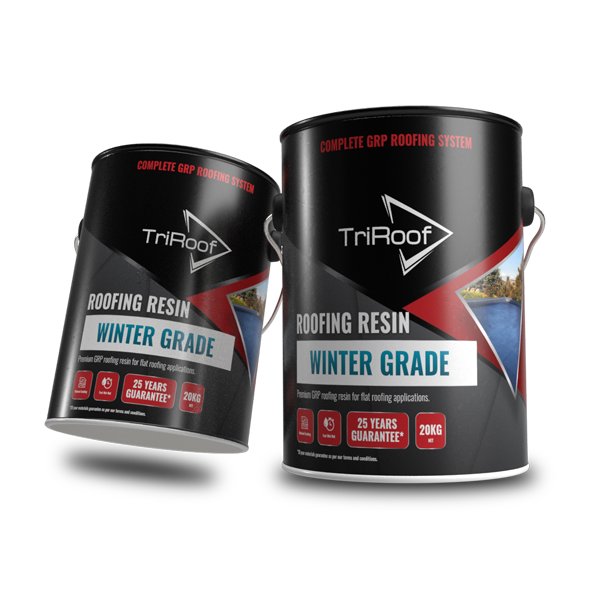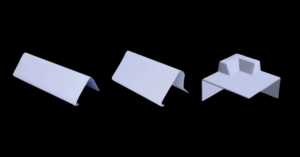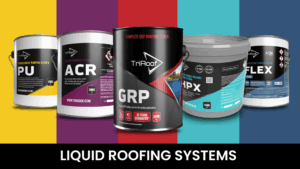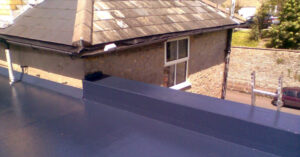- TriRoof Roofing Systems
GRP Winter Grade Materials
TriRoof GRP Winter Grade Roof Materials are formulated to allow you to install the TriRoof GRP Roofing System at any time of the year.

Key Features
✓ TriRoof Winter Resin and Topcoat is suitable for use in temperatures between 0 and 12 degrees Celsius
✓ Cures quickly
✓ Premium quality
✓ Minimal sanding time
✓ No down time during colder months
✓ Can be used throughout the four seasons of the year
✓ Readily available from your local stockist from November until mid-March

Guide to Choosing the Right Roof Trims
Boost your flat roof’s performance and appearance with the perfect GRP trims. Get expert advice and top product tips in our complete guide.

Roofing Resin Subcategories Explained
Roofing resins like Original GRP, HPX, MultiFlex, Polyurethane, and Acrylic offer unique benefits for residential and commercial properties. Learn about the advantages, applications, and features of each resin type to choose the best option for your roofing needs.

Importance of Quality Roofing Materials
Upgrade your roof with quality materials for lasting performance and appeal. Explore the advantages of fibreglass kits. Read the full article now.

Benefits of Fibreglass Roof Kits
Fibreglass Roof Kits are becoming a top choice for homeowners seeking a durable, energy-efficient, and low-maintenance roofing solution. In this post, we explore the key benefits of fibreglass roofing, from easy installation and sleek aesthetics to long-term cost savings and
- Learn more
Applying Flat Roofs in Winter: Tips for a Successful Installation
Installing flat roofs in winter can be a challenging task due to the cold temperatures, potential snow, and icy conditions. However, with the right materials and techniques, it’s entirely possible to achieve a successful installation, ensuring your flat roof provides long-lasting protection through the winter months and beyond.
Challenges of Installing Flat Roofs in Winter
Flat roofs in winter are especially susceptible to weather conditions. These roofs tend to collect snow, rain, and water, which can freeze and cause damage if not properly managed. The cold temperatures and moisture also pose challenges during installation, particularly for materials that require specific conditions for curing or bonding.
Here are some key challenges when installing flat roofs in winter:
1. Cold-Temperature Effects on Materials
Many roofing materials, including adhesives, coatings, and sealants, may not perform optimally in cold temperatures. During the installation of flat roofs in winter, these materials may take longer to cure or may not bond properly, leading to weaker installations and potential future damage.
2. Snow and Ice Accumulation
Flat roofs in winter are more prone to snow and ice accumulation compared to pitched roofs, which can lead to water pooling. When this water freezes, it can cause leaks, structural damage, and long-term issues. Proper drainage solutions are crucial to avoid these risks.
3. Safety Concerns
Flat roof installations in winter can also present safety challenges. Icy and wet conditions make the work environment slippery, increasing the risk of accidents. Ensuring safety protocols are followed during the installation process is essential to protect workers from slipping and falling.
Tips for Successful Flat Roof Installation in Winter
Despite these challenges, following the right approach and using appropriate materials can ensure a successful flat roof installation in winter. Let’s explore the key tips for achieving a durable and weather-resistant flat roof during colder months.
